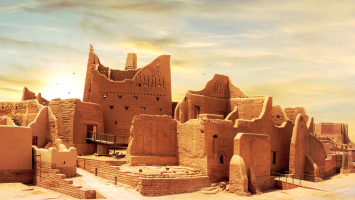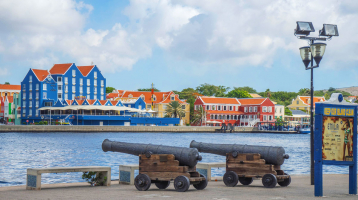Top 6 Beautiful Historical Sites in Rutland
Rutland is a small county in England but not so without interesting tourist attractions. This place has an admirable history. Let's find out with Toplist the ... read more...most beautiful historical sites in Rutland!
-
The first on the list of the most beautiful historical sites in Rutland is the Rutland County Museum. It is housed in the former riding school of the Rutland Fencible Cavalry, which was constructed in 1794–1795 and is located in Oakham, Rutland. The museum, which was established in 1969, has a collection of artifacts related to social history, archaeology, and local rural and agricultural life. Alongside the permanent exhibits, temporary exhibitions are displayed. There is no charge to enter the museum.
When the Museum was founded by the former Rutland County Council in 1967, its initial collections were donated to it. These were E. G. Bolton's collection on rural life from Casterton Secondary Modern School and Oakham School's mostly archaeological collection. The Museum has developed over time, and today it houses a sizable collection of items related to rural life, including farm equipment, tractors, wagons, and a variety of tools used by rural artisans. It also contains a sizable collection of archaeological materials from all across Rutland, together with domestic and social history artifacts.
The Local Studies collection, which includes a sizable collection of documents and resources on Rutland and the nearby villages, was transferred from Oakham Library to the museum in 2010. It includes Rutland census data, images of nearby communities, the Jack Hart postcard collection, and Rutland Ordnance Survey maps.
Location: Catmos St, Oakham LE15 6HW, Rutland, England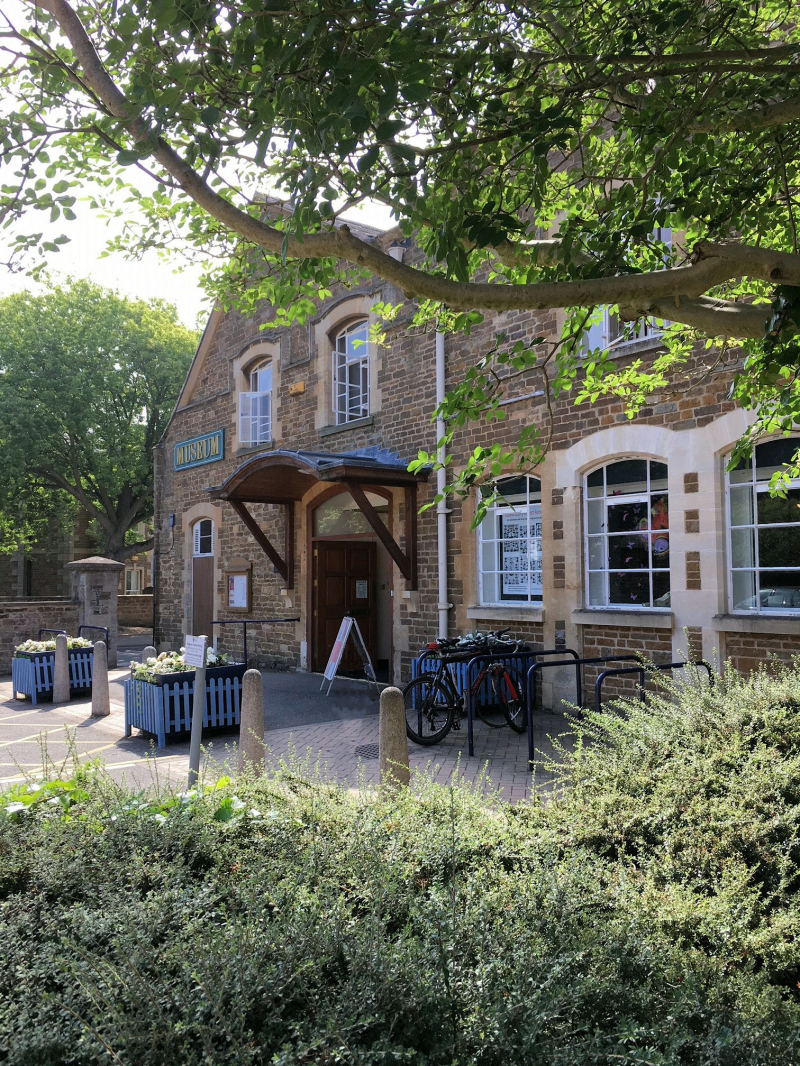
Photo: discover-rutland.co.uk 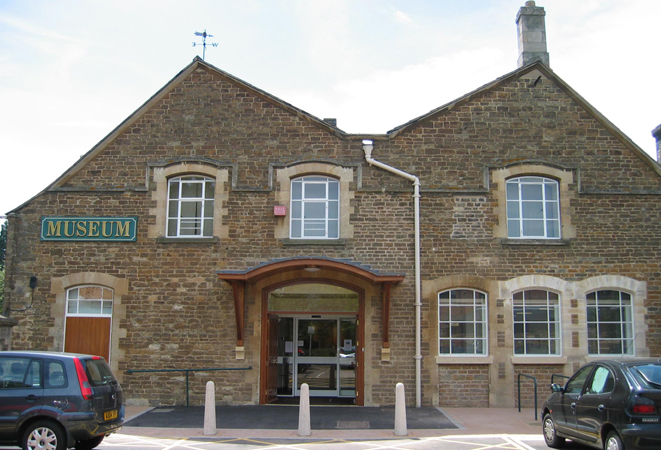
Photo: artuk.org -
The medieval Oakham Castle is located in Oakham, Rutland. The Castle is renowned for its enormous horseshoe collection and is regarded as one of England's finest examples of domestic Norman construction. It is a listed structure of Grade I. The Rutland County Council owns and operates Oakham Castle, which has a permit for civil ceremonies. There is no cost to enter the castle.
Walkelin de Ferrers, the lord of the manor of Oakham and the great-nephew of Robert de Ferrers, the first Earl of Derby, constructed the castle between 1180 and 1190. The Great Hall has a nave, two arcaded aisles, and three substantial stone columns in each aisle. The Hall is decorated with a collection of sculptures from the 12th century, including six musicians who are supported by the columns. The sculptures were likely created by masons who had already worked at Canterbury Cathedral. They were carved from local stone quarried at Clipsham.
Oakham Castle does not conform to the conventional idea of a castle because of its little size. However, the Great Hall of a considerably bigger fortified manor house existed before Oakham Castle as it does now. Many of the typical castle characteristics were present, including a curtain wall, a gatehouse, and a drawbridge with iron chains. Additionally, historical and archeological data testify to the presence of towers and a moat at key locations along the walls of Oakham Castle.
Location: Castle Grounds Market Place, Oakham LE15 6DR, Rutland, England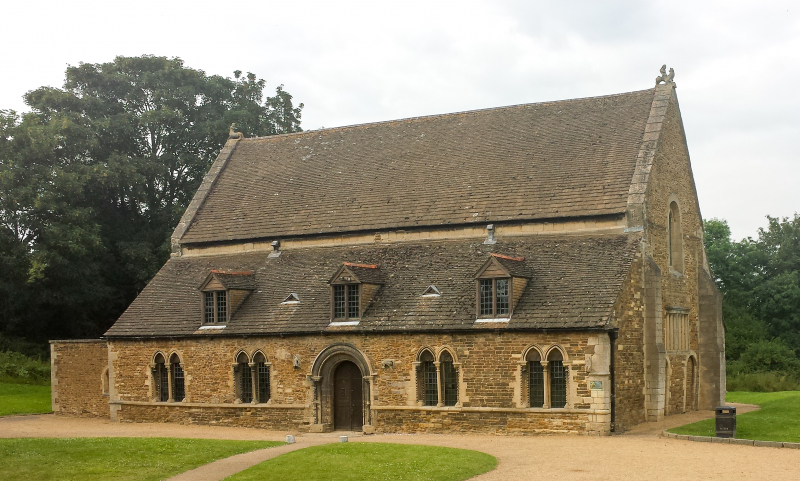
Photo: wikipedia 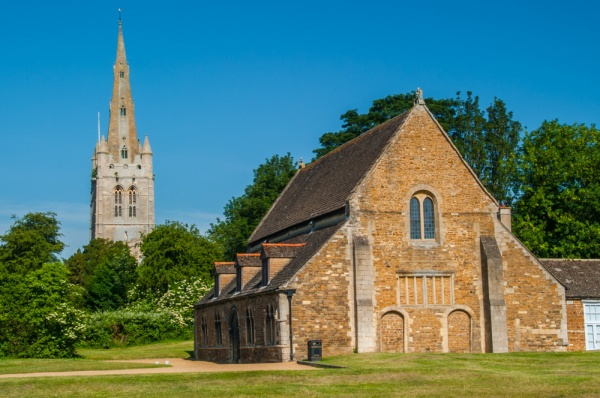
Photo: britainexpress.vn -
Normanton Church is one of the most beautiful historical sites in Rutland. It is a remnant of the area before it was submerged in water to form Rutland Water in the 1970s. Here, the first church was erected in the fourteenth century, and a second version was built in the eighteenth.
The floor of the church was raised to allow for its partial submersion under the water when the reservoir was built, and the deconsecrated lower level was filled with debris and concrete. Normanton Church, which is surrounded by an embankment and connected to the shore by a causeway, is now a distinctive location and event venue.
The public successfully protested against the desecration and demolition of Normanton Church because they had alternative ideas. It was clear that the church would be largely flooded once the high water mark was reached when it came time to flood the region. This would imply that its lower walls and foundations would gradually erode. A hastily established trust was set up with the intention of saving the structure from a watery end, and different alternatives were taken into consideration.
The decision was made to finally fill the church's lowest level with debris and cover it with concrete to construct a new floor. This would be 60 centimeters above the water's surface.
Location: Normanton Park Rd, Oakham LE15 8RP, Rutland, England
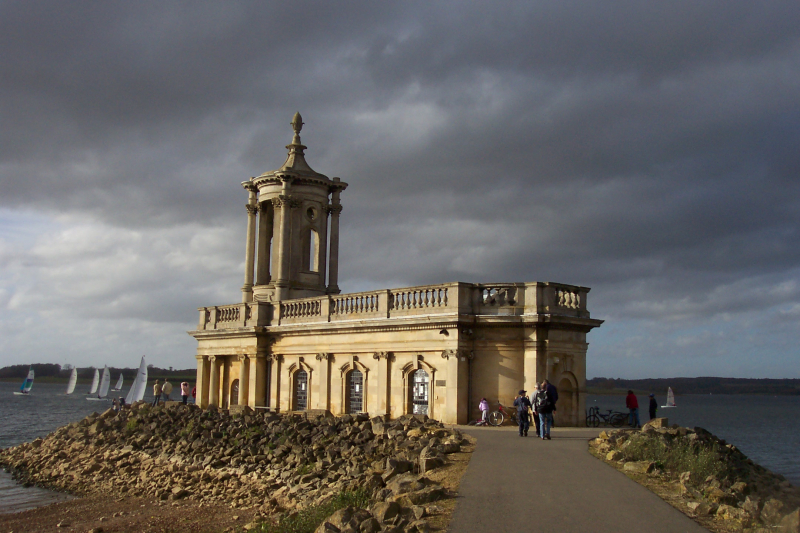
Photo: wikipedia 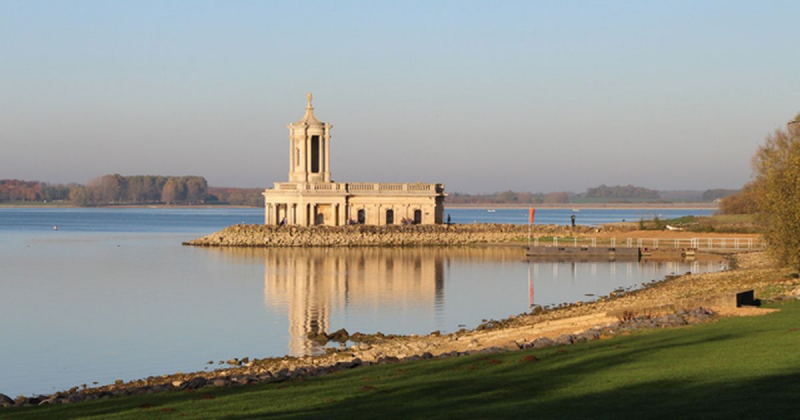
Photo: licolnshirelive.co.uk -
Whissendine Windmill, one of the few completely functional nineteenth-century windmills still in existence in England, has loomed over the community of Whissendine for more than 200 years. It now produces plain, strong white, and wholemeal flour after being fully repaired. The Earls of Harborough of Stapleford Park constructed the Mill in 1809 to replace an earlier windmill. Arnold and Hayes Miller were the tenants.
In 1862, Stephen Whitehead of Gedney, Lincolnshire, purchased the Mill and had it renovated. Later, Thomas Hayes purchased the Mill and remained a renter before selling it to Eli Kitchen. Elsam of Stamford performed the majority of the Mill's repairs.
The Mill operated until April 20, 1922, when a gale damaged it and left it unrepaired. The Mill was maintained by several owners up until 1995, when Nigel Moon, its current owner, purchased it. Since then, a new top with four new sails has been created. On August 14, 2009, the Mill once more utilized the wind.
The mill features a particularly good collection of equipment, including a Wegmann roller mill from 1877, four sets of millstones, three flour dressing machines, and a smutter. The Mill is open all year long and produces ryemeal, oatmeal, spelt, and barley flours. Bran and middlings for pigs, hens, and horses are also offered.Location: 14a Melton Rd, Whissendine, Oakham LE15 7EU, Rutland, England
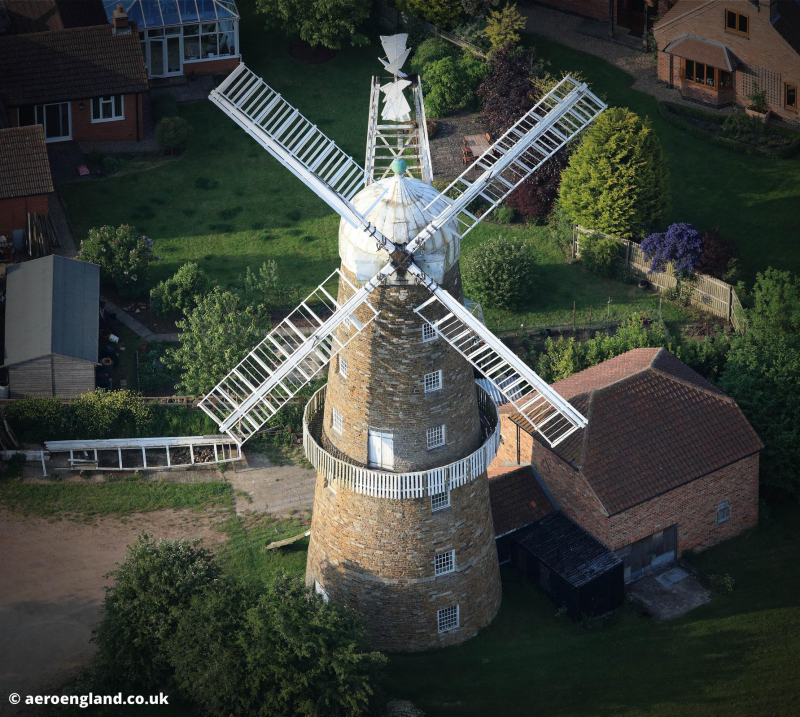
Photo: aeroengland.photodeck.com Video: https://www.youtube.com/watch?v=FMI5LctfOZI -
The next on the list of the most beautiful historical sites in Rutland is Lyddington Bede House. The current Grade I listed structure, which is located next to St. Andrew's Church in the village of Lyddington, was once a portion of the Bishops of Lincoln's residence. The boundary walls are Grade II, and the watch tower or gazebo is designated separately as Grade I. A scheduled ancient monument is located there.
The greatest bishopric in England throughout the Middle Ages was the Diocese of Lincoln, which stretched from the Thames River to the Humber Estuary. The estate in Lyddington was a convenient halt for the bishop's entourage as they traveled the diocese because Lyddington was located on a north-south thoroughfare.Following the Reformation, the Cecil family acquired ownership and turned it into a private residence. It was acquired by Thomas Cecil, 1st Earl of Exeter, son of Lord Burghley, in 1600, and he turned it into an almshouse for twelve destitute bedesmen. This use persisted up until 1930. The Great Chamber, once home to the bishops, is notable for its exquisitely carved cornice on the ceiling.
Location: Blue Coat Lane, Lyddington, Leicester LE15 9LZ, Rutland, England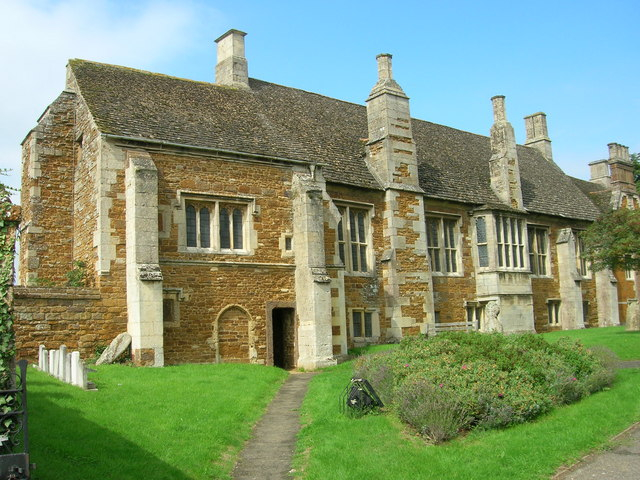
Photo: wikipedia 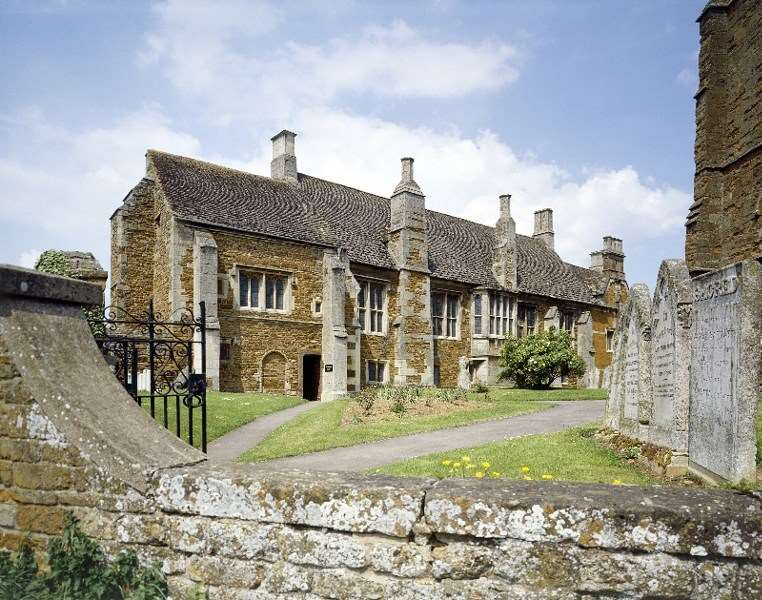
Photo: english-heritage.org.uk -
Only eight grass cut mazes still exist in England today, and the one on the outskirts of the village is thought to date back to the Middle Ages. Although Wing Maze is dubbed a maze, it is actually a unicursal labyrinth that is 14 meters in circumference. There is just one grass path that winds and circles in the center of the labyrinth. There are many tales and traditions surrounding the turf maze's origin, including allusions to the traditional Cretan labyrinth. The origin of the turf maze is unknown. The "Chartres" pattern, as its name implies, is used in the Wing maze and is based on the pavement mazes that can be seen in European cathedrals.
This turf-cut maze, which is actually a unicursal labyrinth with a diameter of about 40 feet (12 meters), is located on the outskirts of the village alongside Glaston Road. One of England's eight intact grass labyrinths is the maze at Wing.
The Stone Circles site claims it is medieval, Britain's Historic Sites claims it "may be well over 2500 years old," and the explanatory board next to the maze emphasizes the Viking origin of the village's name. However, some claim that it dates back to the medieval era due to the design's resemblance to other medieval instances, such as the pavement maze in the Chartres cathedral.
Location: 7 Glaston Rd, Wing, Oakham LE15 8RU, Rutland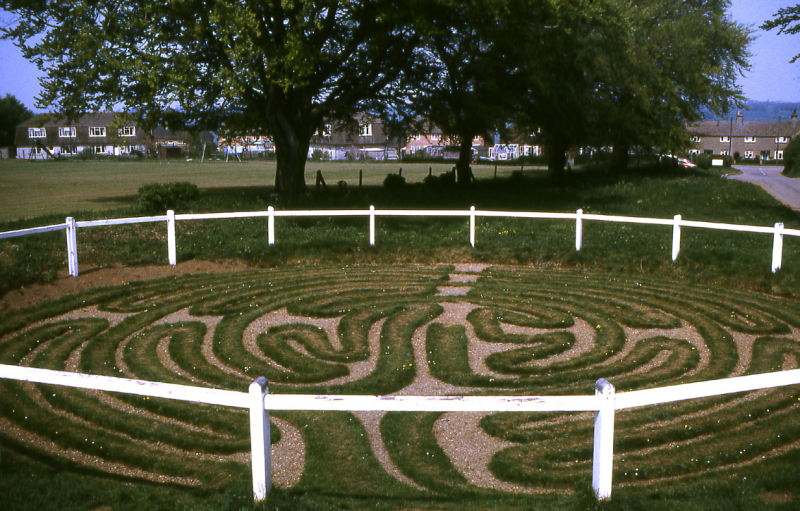
Photo: wikimedia Video: https://www.youtube.com/watch?v=xCi-AngJAs0






















